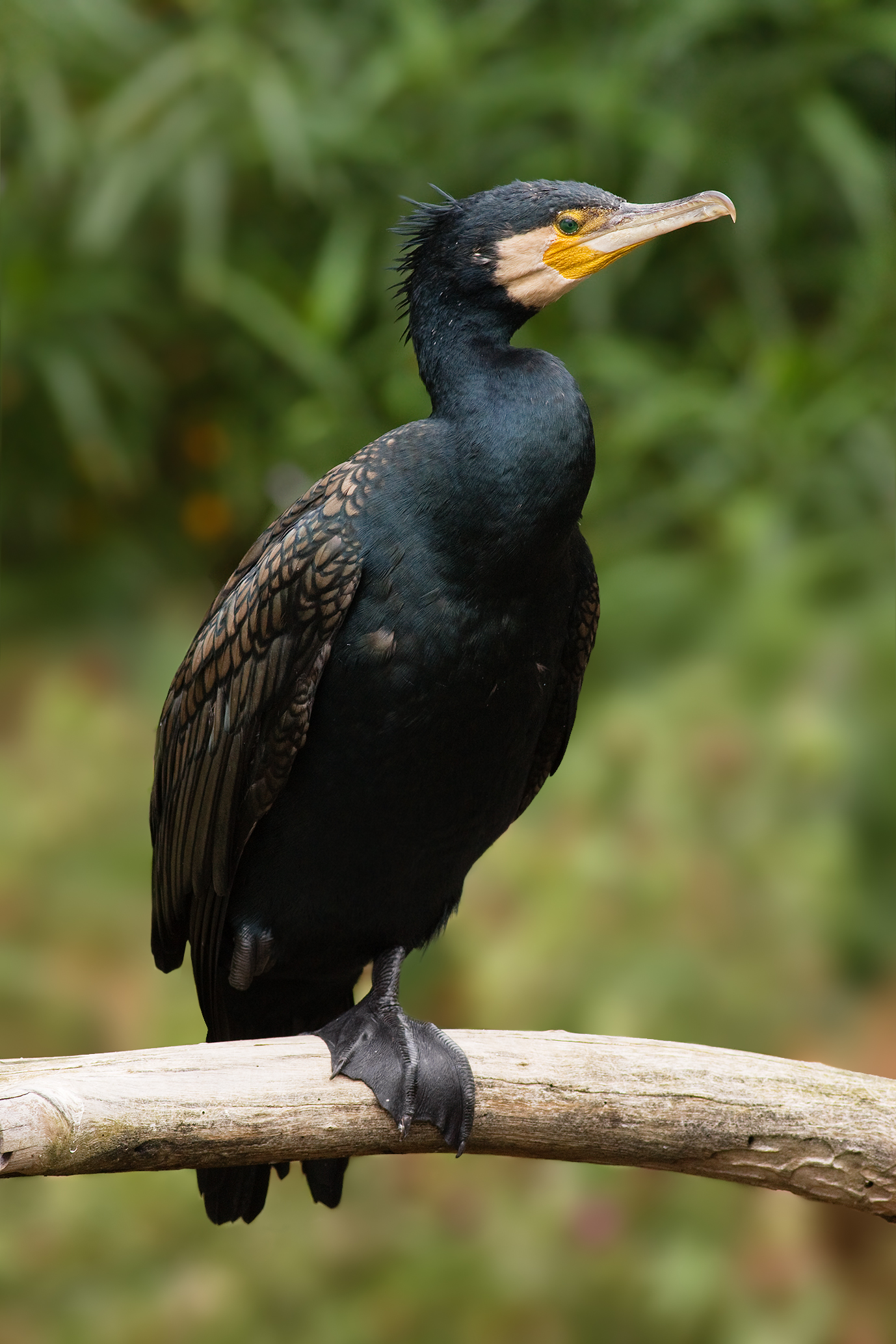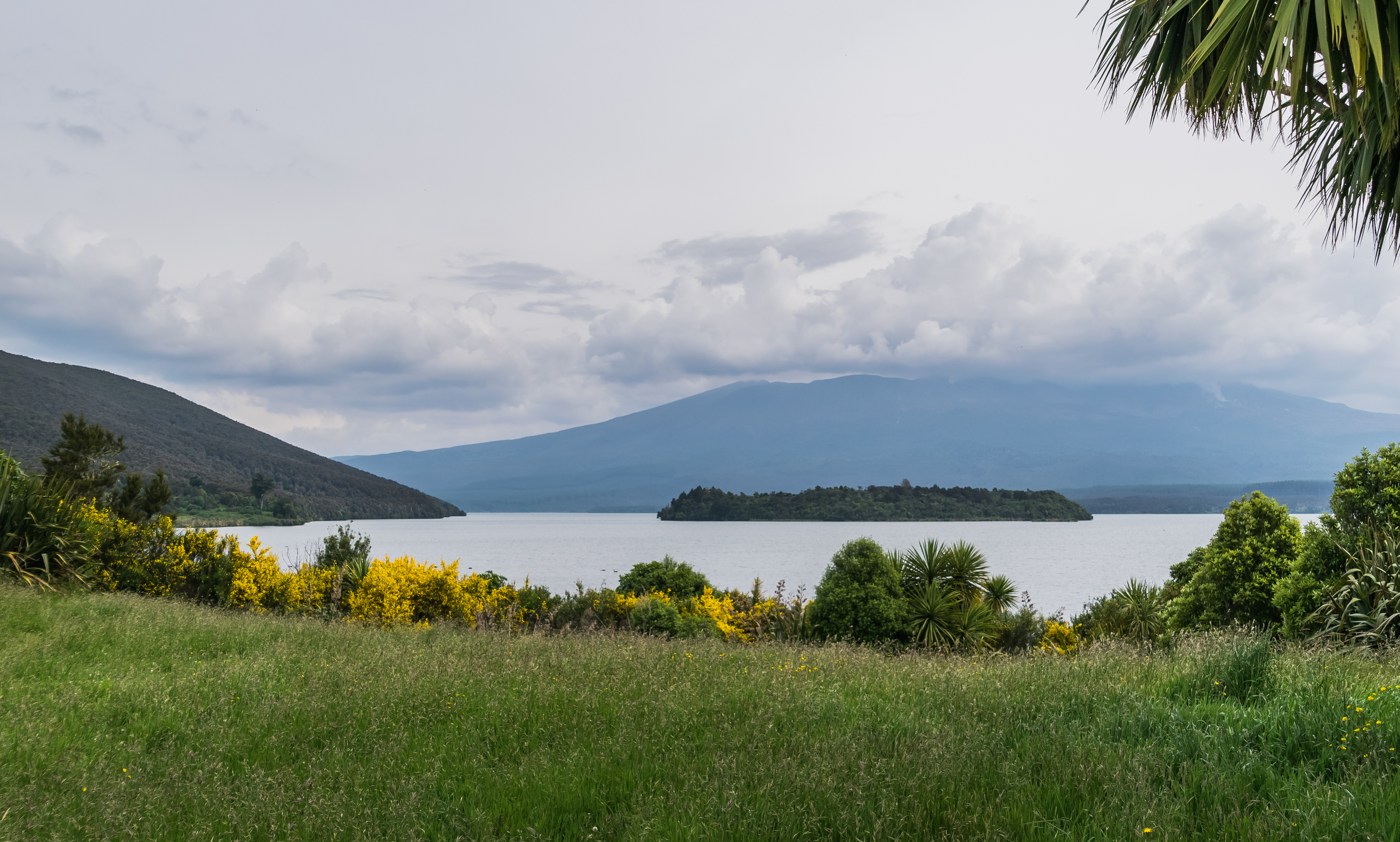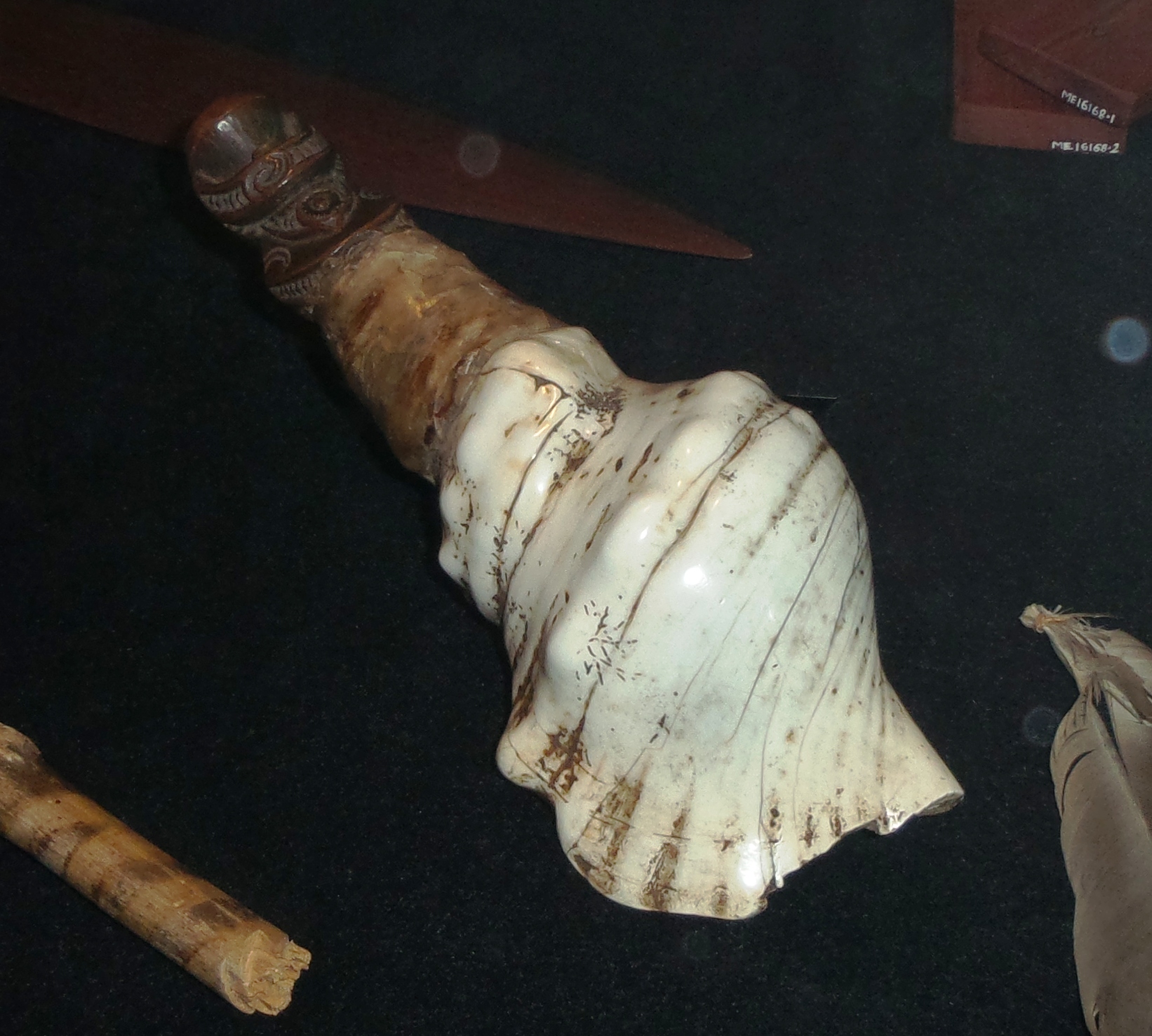|
Herea Te Heuheu Tūkino I
Herea or Hereara (–1820), later known as Te Rangi-māheuheu and Te Heuheu Tūkino I, was a Māori people, Māori ''rangatira'' of the Ngāti Tūrū-makina, Ngāti Parekāwa, and Ngāti Te Kohera, Ngāti Te Koherā hapū and paramount chief of the Ngāti Tūwharetoa iwi of the region around Lake Taupō, New Zealand, in the late eighteenth and early nineteenth century. Herea succeeded his father as head of Ngāti Tūrū-makina in the late eighteenth century. He led a force during the Tūhoe–Ngāti Tūwharetoa War. Afterwards, he was one of the candidates to succeed as paramount chief after the death of Te Rangi-tua-mātotoru. Initially, a distant cousin, Te Wakaiti, was the preferred candidate, but he outraged the senior chiefs of Ngāti Tūwharetoa with his arrogant treatment of them and they encouraged Herea to take the position instead, favouring him because of his connections with Ngāti Maniapoto of Waikato. After training in the Rangitoto Ranges, he became a master of t ... [...More Info...] [...Related Items...] OR: [Wikipedia] [Google] [Baidu] |
Paramount Chief
A paramount chief is the English-language designation for the highest-level political leader in a regional or local polity or country administered politically with a chief-based system. This term is used occasionally in anthropological and archaeological theory to refer to the rulers of multiple chiefdoms or the rulers of exceptionally powerful chiefdoms that have subordinated others. Paramount chiefs were identified by English-speakers as existing in Native American confederacies and regional chiefdoms, such as the Powhatan Confederacy and Piscataway Native Americans encountered by European colonists in the Chesapeake Bay region of North America. During the Victoria era, paramount chief was a formal title created by British colonial administrators in the British Empire and applied in Britain's colonies in Asia and Africa. They used it as a substitute for the word "king" to ensure that only the British monarch held that title.Government Documents. Great Britain. Foreign Offi ... [...More Info...] [...Related Items...] OR: [Wikipedia] [Google] [Baidu] |
Tūhoe–Ngāti Tūwharetoa War
The Tūhoe–Ngāti Tūwharetoa War was a conflict which took place on the east coast of Lake Taupō in the central North Island of New Zealand in the mid- to late eighteenth century, between the Tūhoe iwi of Te Urewera and the Ngāti Tūwharetoa iwi of Lake Taupō. The war was sparked by “the seen face of Taihakoa in Ruatahuna,” an incident in which a Tūwharatoa ''rangatira'' intervened in a conflict between Tūhoe and Ngāti Whare. Tūhoe responded with a large-scale invasion of the east coast of Lake Taupō, in which they captured a number of Tūwharetoa settlements at Pākā Bay. A Ngāti Tūwharetoa counter-attack was defeated at the Battle of Orona with large casualties. After this, the elderly paramount chief of Tūwharetoa, Te Rangi-tua-mātotoru, who had remained aloof from the conflict, negotiated a peace which was confirmed at Ōpepe shortly thereafter. In the aftermath of the war, Ngāti Tūwharetoa joined up with Ngāti Maniapoto and wiped out a group ... [...More Info...] [...Related Items...] OR: [Wikipedia] [Google] [Baidu] |
Ngāti Hinemihi
Iwi () are the largest social units in New Zealand Māori society. In Māori roughly means "people" or "nation", and is often translated as " tribe", or "a confederation of tribes". The word is both singular and plural in the Māori language, and is typically pluralised as such in English. groups trace their ancestry to the original Polynesian migrants who, according to tradition, arrived from Hawaiki. Some cluster into larger groupings that are based on (genealogical tradition) and known as (literally " canoes", with reference to the original migration voyages). These super-groupings generally serve symbolic rather than practical functions. In pre-European times, most Māori were allied to relatively small groups in the form of ("sub-tribes") and ("family"). Each contains a number of ; among the of the Ngāti Whātua iwi, for example, are Te Uri-o-Hau, Te Roroa, Te Taoū, and Ngāti Whātua-o-Ōrākei. Māori use the word '' rohe'' to describe the territory or ... [...More Info...] [...Related Items...] OR: [Wikipedia] [Google] [Baidu] |
Te Rangi-ita (Ngāti Tūwharetoa)
Te Rangi-ita was a Māori people, Māori ''ariki'' (chieftain) of Ngāti Tūwharetoa from the region around Lake Taupō, New Zealand. He participated with bravery in the Ngāti Tama-Ngāti Tūwharetoa War, fought off an invasion by the Ngāti Raukawa chieftain Te Ata-inutai, and forged a peace through his marriage to Te Ata-inutai's daughter, Waitapu. Through their children, he is an ancestor of many hapu of Ngāti Tūwharetoa, including Ngāti Te Rangiita, the main hapu on the south shore of Lake Taupō, where the town of Te Rangiita, New Zealand, Te Rangi-ita is named after him. He probably lived in the early seventeenth century. Life Te Rangi-ita was the son of Tū-te-tawhā (son of Taringa), Tū-te-tawhā and Hinemihi (Ngāti Tūwharetoa), Hinemihi. His name at birth was Te Pukeihaua. Through his father, Te Rangi-ita was a descendant of Tūwharetoa i te Aupōuri. Tū-te-tawhā had been killed along with his brother Te Rapuhora during a war with Ngāti Apa. The two of them ha ... [...More Info...] [...Related Items...] OR: [Wikipedia] [Google] [Baidu] |
Bay Of Plenty
The Bay of Plenty ( mi, Te Moana-a-Toi) is a region of New Zealand, situated around a bight of the same name in the northern coast of the North Island. The bight stretches 260 km from the Coromandel Peninsula in the west to Cape Runaway in the east. The Bay of Plenty Region, governed by the Bay of Plenty Regional Council, incorporates several large islands in the bay, in addition to the mainland area. Called ''Te Moana-a-Toi'' (the Sea of Toi) in the Māori language after Toi, an early ancestor, the name 'Bay of Plenty' was bestowed by James Cook in 1769 when he noticed the abundant food supplies at several Māori villages there, in stark contrast to observations he had made earlier in Poverty Bay. History According to local Māori traditions, the Bay of Plenty was the landing point of several migration canoes that brought Māori settlers to New Zealand. These include the ''Mātaatua'', ''Nukutere'', ''Tākitimu'', '' Arawa'' and ''Tainui'' canoes. Many of the de ... [...More Info...] [...Related Items...] OR: [Wikipedia] [Google] [Baidu] |
Ngāti Awa
Ngāti Awa is a Māori iwi (tribe) centred in the eastern Bay of Plenty Region of New Zealand. It is made of 22 hapū (subtribes), with 15,258 people claiming affiliation to the iwi in 2006. The Ngāti Awa people are primarily located in towns on the Rangitaiki Plain, including Whakatāne, Kawerau, Edgecumbe, Te Teko and Matatā. Two urban hapū also exist in Auckland (''Ngāti Awa-ki-Tamaki'') and Wellington (''Ngāti Awa-ki-Poneke''). History Early history Ngāti Awa traces its origins to the arrival of Māori settlers on the ''Mātaatua'' waka (canoe). The ''Mātaatua'' settlers established settlements in the Bay of Plenty and Northland. Initially, the tribe controlled a large area in Northland, but conflicts with other northern iwi resulted in a southward migration. One group eventually settled in the eastern Bay of Plenty, whose descendants would eventually found the iwi. Awanuiarangi II is recognised as the eponymous ancestor of Ngāti Awa. Awanuiarangi II was a chi ... [...More Info...] [...Related Items...] OR: [Wikipedia] [Google] [Baidu] |
Tū-te-tawhā (son Of Taringa)
Tū-te-tawhā was a 17th-century Māori people, Māori ''rangatira'' (chieftain) of Ngāti Tūwharetoa from the region around Lake Taupō, New Zealand. He established the border between Ngāti Tūwharetoa and Ngāti Maniapoto to the west. Along with his brother-in-law Tū-hereua, he defeated Ngāti Whitikaupeka in the Battle of Uwhiuwhi-hiawai, but he was subsequently killed in an ill-advised attempt to take the Ngāti Apa fortress of Orangi-te-taea. He is sometimes known as Tū-te-tawhā I to distinguish him from his grandson Tū-te-tawhā Whare-oneone / Tū-te-tawhā II. Life Tū-te-tawhā was the son of Taringa and Hinetuki. Through both of his parents, he was a descendant of Tūwharetoa i te Aupōuri. He had a younger brother, Te Rapuhora. Taringa was one of the war leaders during the original Ngāti Tūwharetoa invasion of Taupō. Establishing the border with Ngāti Maniapoto When Tū-te-tawhā had become one of the main ''rangatira'' of Tūwharetoa and was settled at Lake ... [...More Info...] [...Related Items...] OR: [Wikipedia] [Google] [Baidu] |
Te Heuheu (other)
Te Heuheu may refer to several people from the Te Heuheu family which has provided chiefs of the Māori Ngati Tuwharetoa iwi (tribe) for approximately 200 years. The name is also used for several landmarks in the central North Island of New Zealand: People *Herea Te Heuheu Tūkino I (ca. 1750–1820), first in the line of the Te Heuheu chiefs *Mananui Te Heuheu Tūkino II (died 1846), son of Tūkino I *Iwikau Te Heuheu Tūkino III (died 1862), brother of Tūkino II *Horonuku or Patātai Te Heuheu Tūkino IV (1821–1888), son of Tūkino II *Tūreiti Te Heuheu Tūkino V (c. 1865–1921), son of Tūkino IV *Hoani Te Heuheu Tūkino VI (1897–1944), son of Tūkino V *Sir Hepi Te Heuheu Tūkino VII, KBE (1919–1997), Te Heuheu Tūkino VII, son of Tūkino VI *Sir Tumu Te Heuheu Tūkino VIII, KNZM (born 1942/1943), Te Heuheu Tūkino VIII, son of Tūkino VII and current chief *Hon. Dame Georgina te Heuheu, DNZM QSO (born 1943), a former member of Parliament in New Zealand & Cabinet Minist ... [...More Info...] [...Related Items...] OR: [Wikipedia] [Google] [Baidu] |
Tongariro River
The Tongariro River is a river in the North Island of New Zealand. The part of the Waikato River from the Waihohonu Stream, down to Lake Taupo, was formally named the Tongariro River in 1945. The river originates in the Central Plateau of the North Island where it is fed by numerous tributaries (such as the Whitikau, Poutu, and Mangamawhitiwhiti streams) that flow off the surrounding hill ranges and mountains such as Mount Ruapehu. It then winds its way north, through the township of Turangi before entering Lake Taupo via a number of river mouths. The minimum volume of water flowing down the lower Tongariro River ranges from approximately (recorded at the upper rivers Poutu Intake) to (recorded at the lower rivers Major Jones Pool). This volume can substantially increase due to catchment of rainfall by the surrounding mountains and hill ranges. Recreation Fishing The Tongariro River is New Zealand's most fished river, and is a drawcard for anglers the world over, who come ... [...More Info...] [...Related Items...] OR: [Wikipedia] [Google] [Baidu] |
Ngāti Te Rangiita
Iwi () are the largest social units in New Zealand Māori society. In Māori roughly means "people" or "nation", and is often translated as " tribe", or "a confederation of tribes". The word is both singular and plural in the Māori language, and is typically pluralised as such in English. groups trace their ancestry to the original Polynesian migrants who, according to tradition, arrived from Hawaiki. Some cluster into larger groupings that are based on (genealogical tradition) and known as (literally " canoes", with reference to the original migration voyages). These super-groupings generally serve symbolic rather than practical functions. In pre-European times, most Māori were allied to relatively small groups in the form of ("sub-tribes") and ("family"). Each contains a number of ; among the of the Ngāti Whātua iwi, for example, are Te Uri-o-Hau, Te Roroa, Te Taoū, and Ngāti Whātua-o-Ōrākei. Māori use the word '' rohe'' to describe the territory or ... [...More Info...] [...Related Items...] OR: [Wikipedia] [Google] [Baidu] |
Pouwhenua
Pouwhenua or pou whenua (land post), are carved wooden posts used by Māori, the indigenous peoples of New Zealand to mark territorial boundaries or places of significance. They are generally artistically and elaborately carved and can be found throughout New Zealand. The Pouwhenua is also a long-handled fighting staff with a club-like broad head for striking. Cultural significance Much like totem poles, pou whenua tell a story. They are significant to the Māori people, representing their contributions to the cultural heritage of New Zealand. They acknowledge the association between the people ( tāngata) and the land (whenua). Specifically, they reflect the relationship between the ancestors, environment, and the reputation or standing of the tangata whenua. Weaponry Belonging to the same class of weaponry as the tewhatewha and taiaha, pouwhenua are usually made of wood and have a large, broad blade known as ''rau'' at one end and a pointed, sharp tip at the other end. Usua ... [...More Info...] [...Related Items...] OR: [Wikipedia] [Google] [Baidu] |






